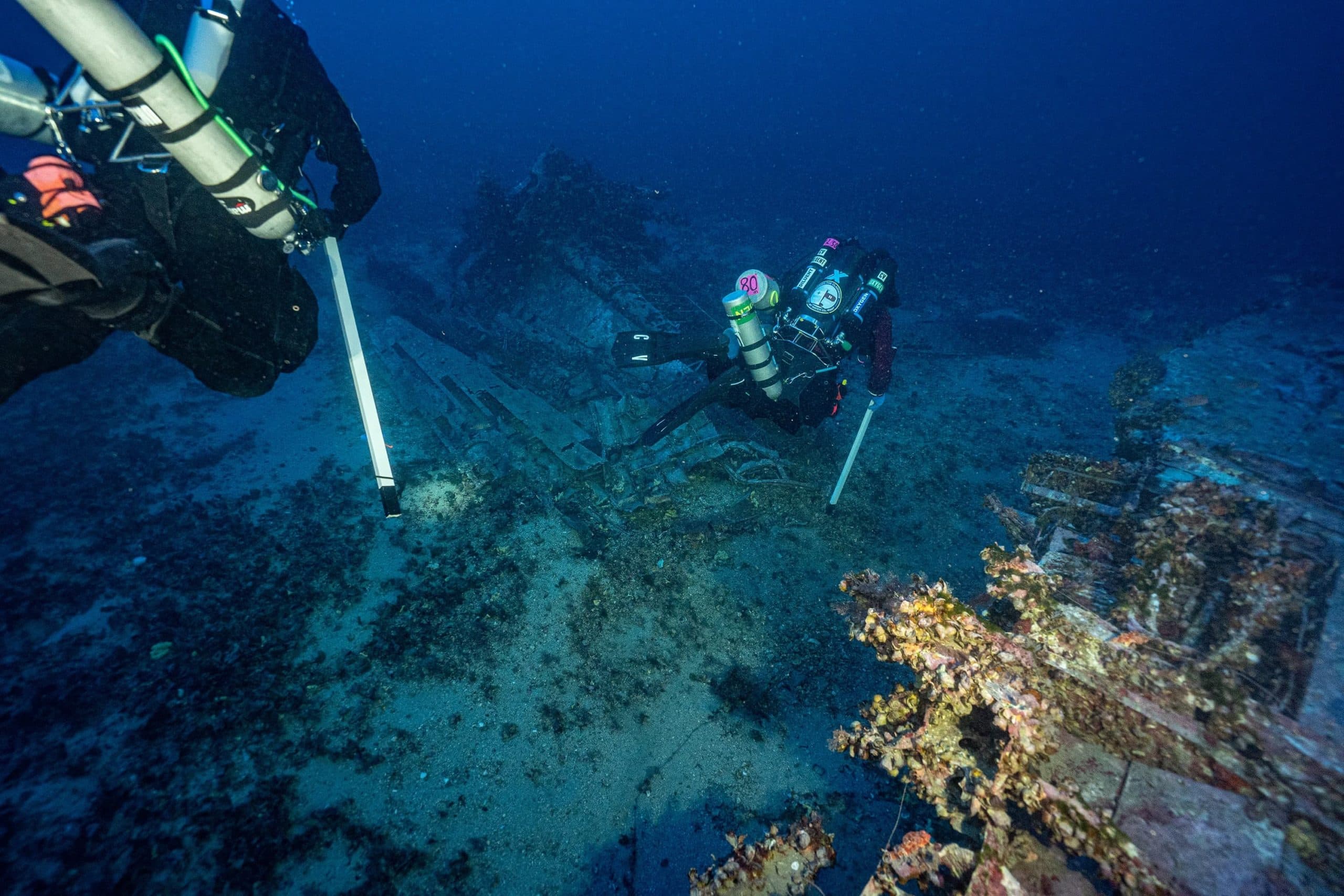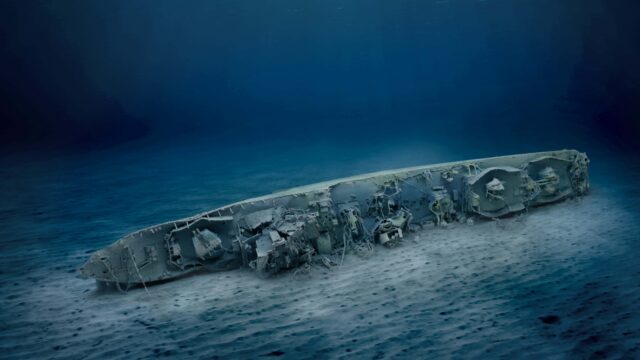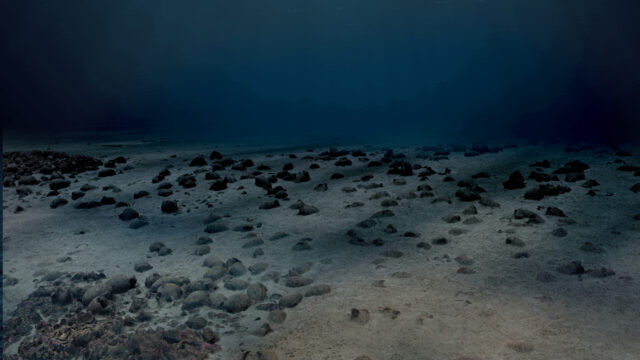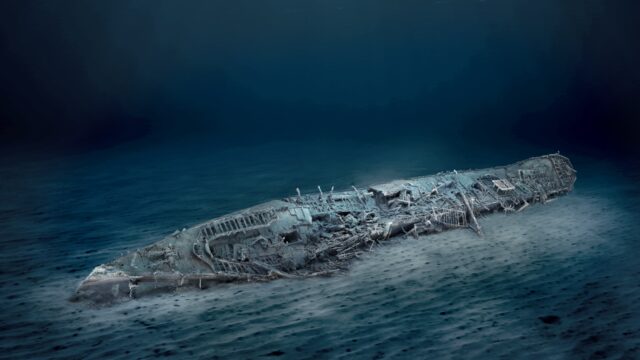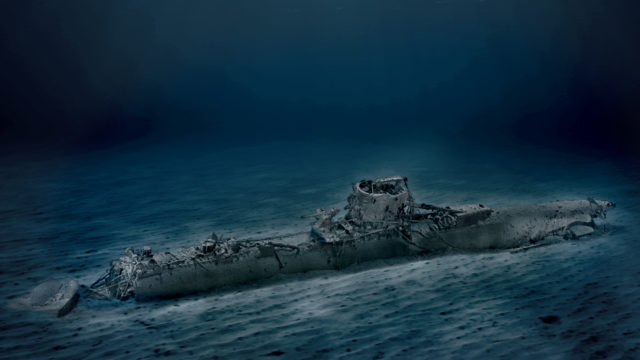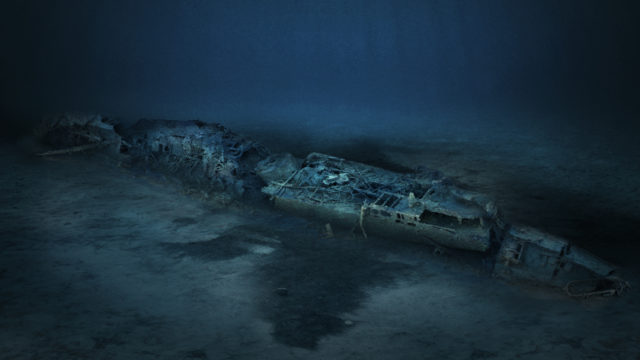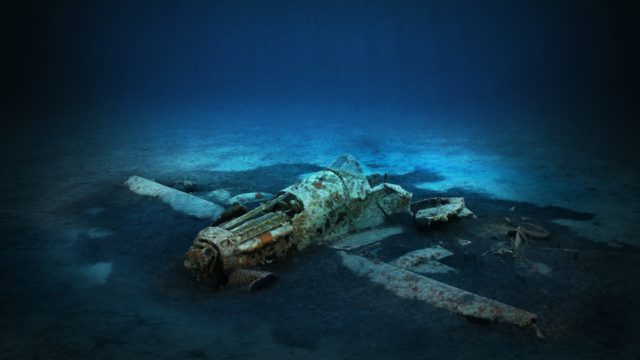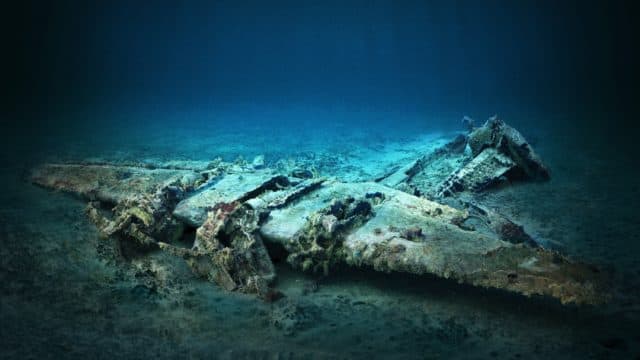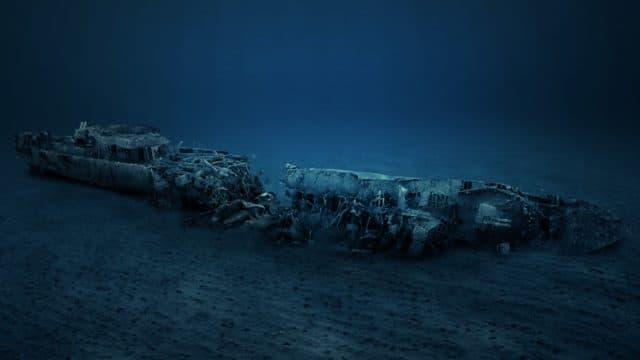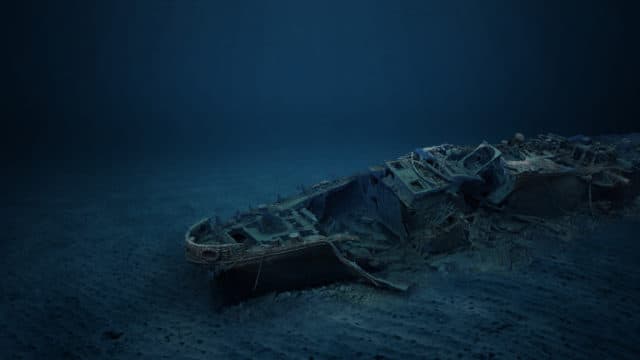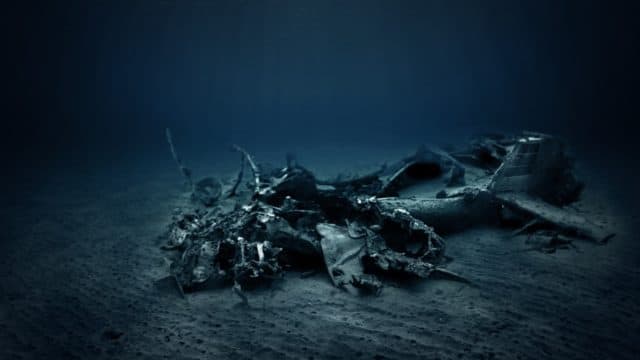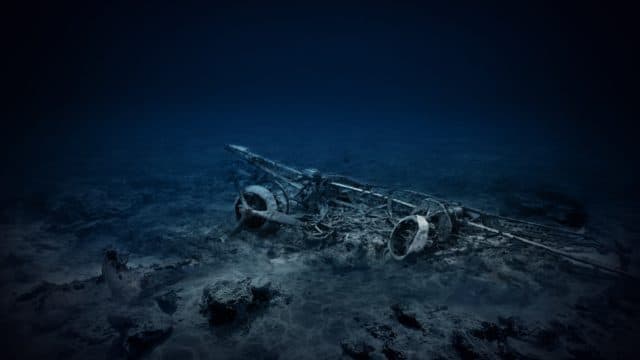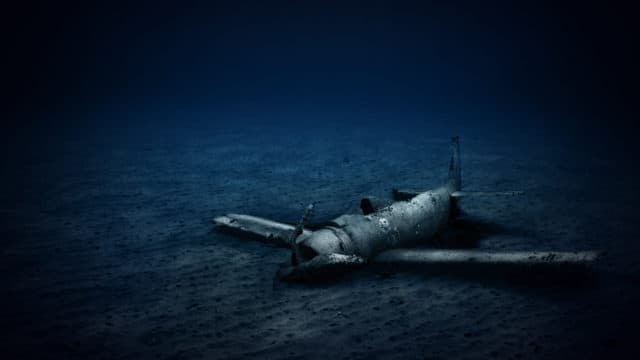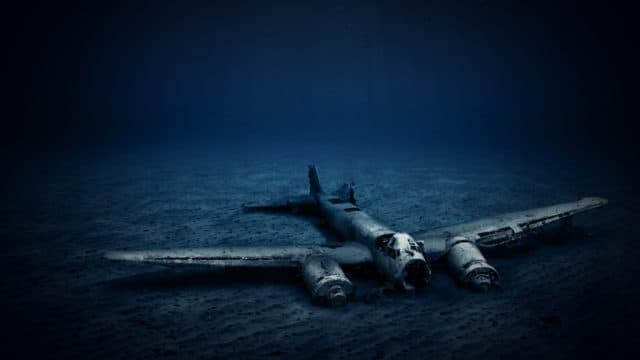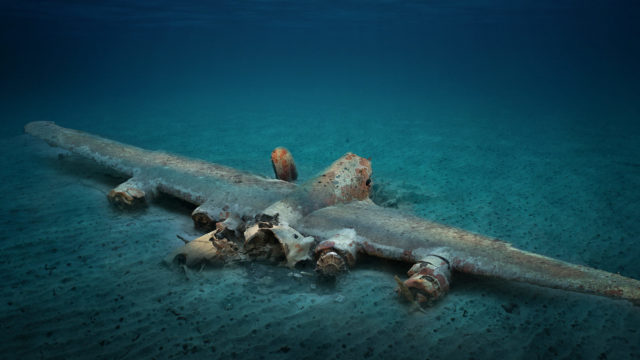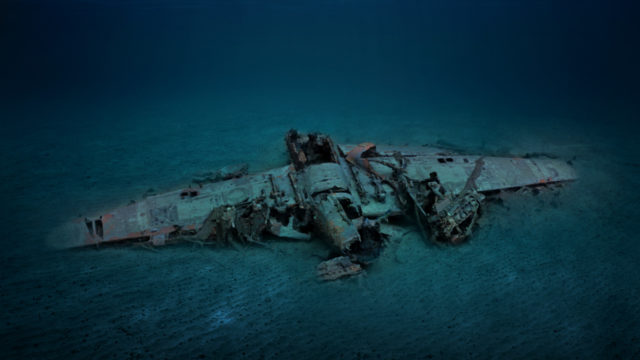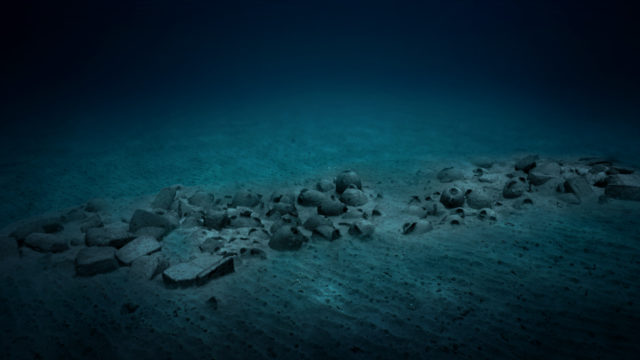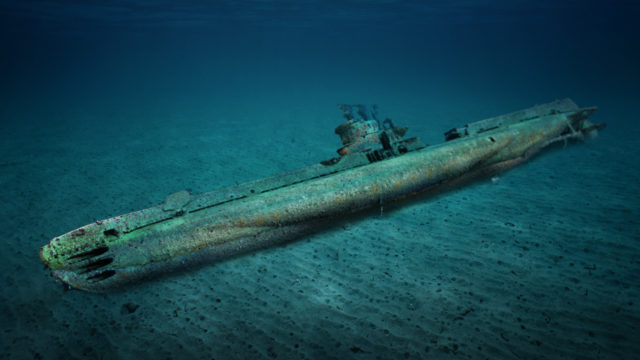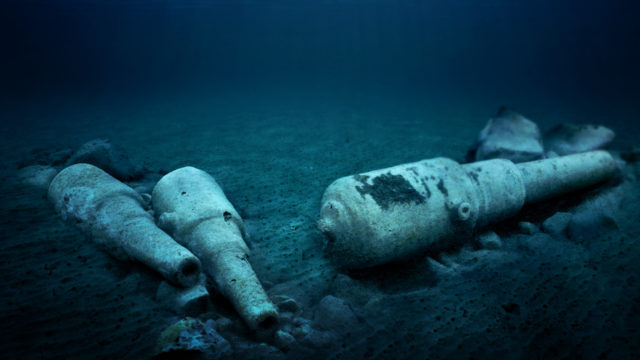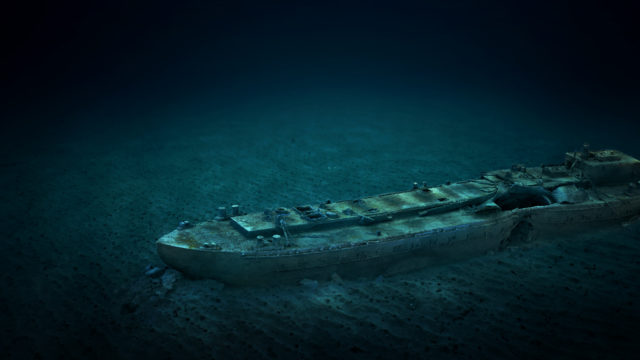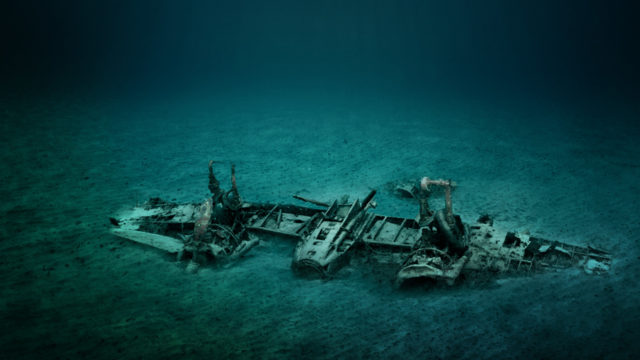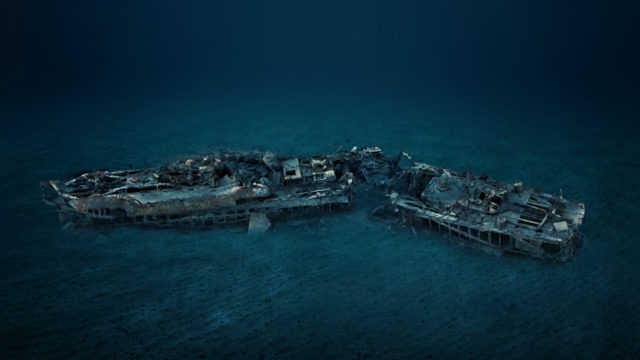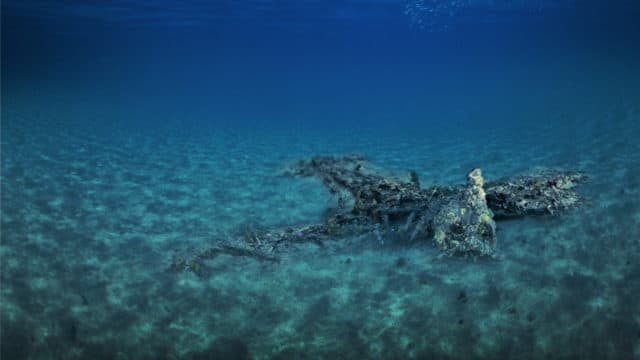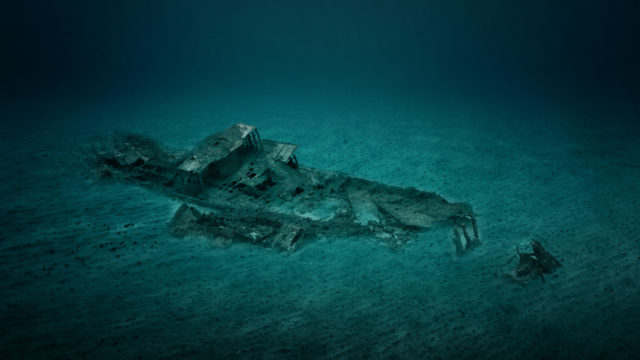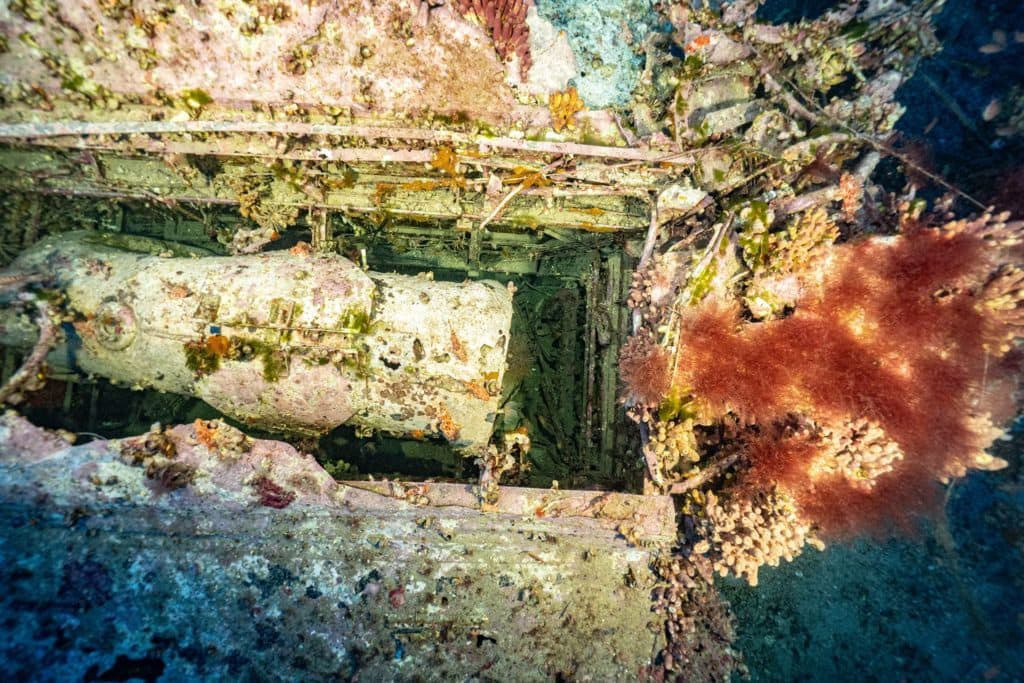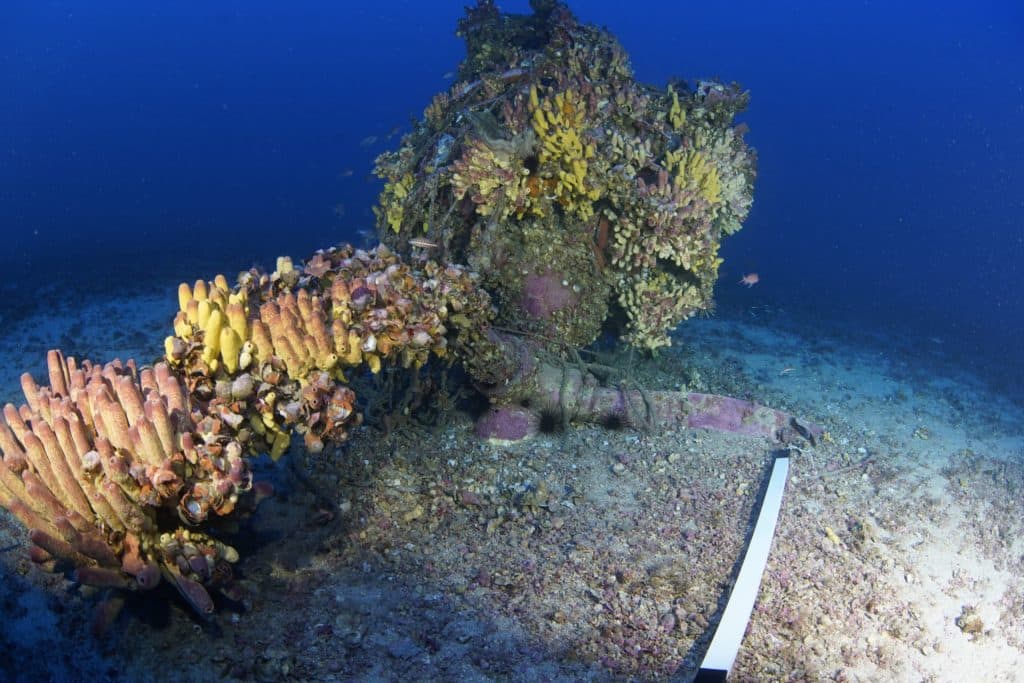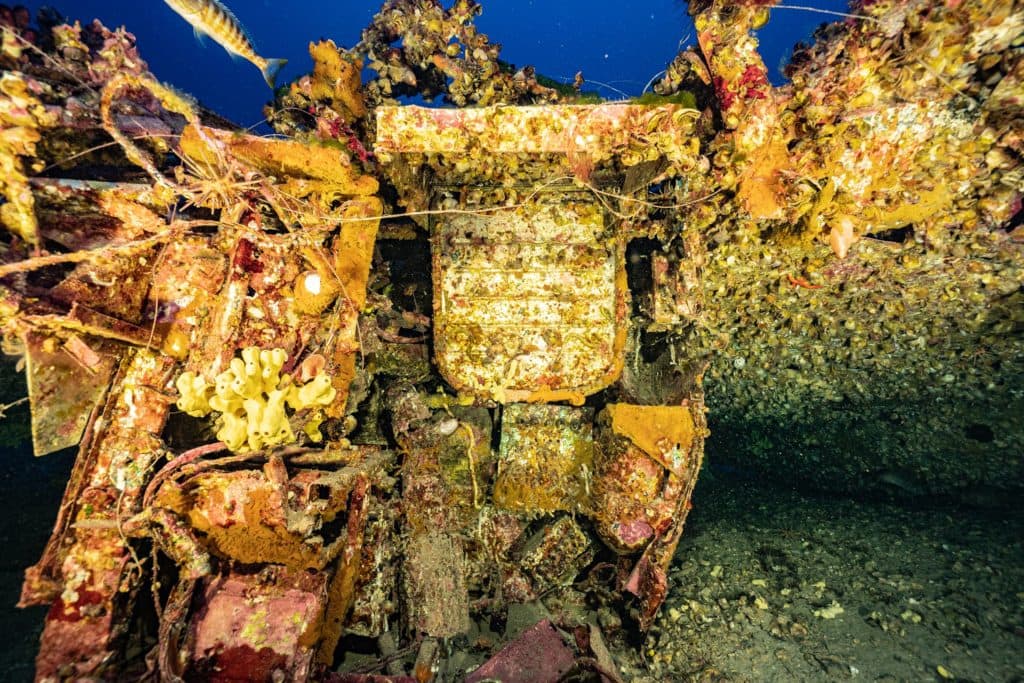Martin Maryland
Martin Maryland
The Martin Maryland 167 was a light bomber designed by the Glenn L. Martin Company in response to the light-bomber requirements issued by the United States Army Air Corps in 1938. However, the aircraft was not approved for operational use by the United States, instead seeing service with France and later Great Britain.
The Maryland 167 was a twin-engine all-metal construction, with a three-member crew consisting of the pilot, navigator/bomb aimer and a radio-operator/gunner. A total of 215 aircraft were sold to France, with all but 75 delivered before the fall of France in June 1940. The remaining 75 aircraft were taken over by the British, becoming the Maryland MkI. The first 32 of these aircraft were still fitted French specifications, but the last 43 were given British requirements, including a change in engine to Pratt & Whitney “Twin Wasp” engines. These 75 aircraft were followed by an order of 150 Maryland MkII, totalling 225 Martin Maryland aircraft in British service. The Maryland first entered service with the Royal Air Force in the No. 431 Flight, established in Malta on 6 September 1940 as a reconnaissance unit. The first three Maryland aircraft to arrive in Malta were fitted with vertical cameras, having successfully attempting a non-stop flight over occupied France, in an aircraft that was unproven in RAF service. The main role of the No. 431 Flight was maritime reconnaissance and photography, the demand for which was increasing. On 9 October 1940 the reconnaissance flights from Malta over Taranto started, continuing almost everyday until on the night of 11-12 November 1940 Operation Judgement (the Battle of Taranto) was launched by the Royal Navy, shifting the balance of power in the Mediterranean. The damage to the Italian Fleet was captured photographically by a Maryland aircraft from the No. 431 Flight the next day. In early January 1941 the No.431 Flight became the No.69 Squadron, which continued to conduct reconnaissance missions from Malta, and played a crucial role in the drive to sink to Axis Shipping in the central Mediterranean.
 Protected Marine Life
Protected Marine Life The Wreck.
The Maryland lies upside down on a gravelly/sandy seabed at a depth of 70 metres off the coast of Marsaskala. The starboard engine and its three-bladed propeller are located some distance away. The wreck site consists of the well-preserved wings, the broken nose compartment, the debris of the main fuselage, tail with trim flaps and the port engine. The site was discovered during a side scan sonar survey conducted by the University of Malta’s shipwreck survey project in the spring of 2020.
